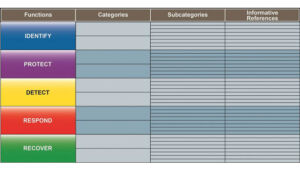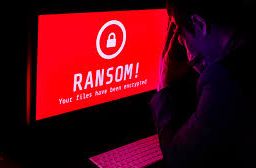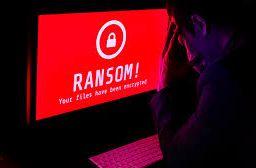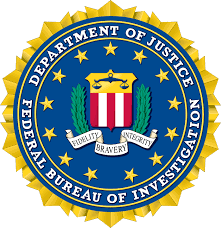
The NIST Cybersecurity Framework (CSF), developed by the National Institute of Standards and Technology, plays a pivotal role in bolstering cybersecurity efforts for organizations. This framework serves as a structured blueprint, offering guidelines and best practices to assess and enhance cybersecurity measures, thus ensuring the protection of critical assets and sensitive information. In this blog, we’ll delve into the key components and significance of the NIST CSF, shedding light on how it can fortify cybersecurity in an ever-evolving threat landscape focusing strictly on the Framework core.
Framework core
The CSF core is the foundation of your cybersecurity strategy. It consists of three key components: Functions, Categories, and Subcategories. Functions encompass five high-level cybersecurity goals: Identify, Protect, Detect, Respond, and Recover. Categories break these goals into specific areas, and Subcategories provide precise actions. This dynamic framework allows you to tailor your cybersecurity efforts to your organization’s needs. Now, let’s explore each Function in detail.
- Identify: This function involves understanding and managing your organization’s cybersecurity risks. It encompasses activities such as asset management, risk assessment, and the establishment of a clear understanding of your organization’s cybersecurity posture.
- Protect: The Protect function focuses on implementing safeguards to protect your organization’s critical assets and data. It includes measures like access control, data encryption, and security awareness training to ensure the security of your systems and information.
- Detect: This function is all about recognizing and identifying cybersecurity events as they occur. It includes activities like continuous monitoring, intrusion detection, and incident response planning to swiftly detect any security breaches or anomalies.
- Respond: The Respond function deals with effectively responding to a detected cybersecurity incident. It involves developing response and recovery plans, communication strategies, and mitigation efforts to minimize the impact of security incidents.
- Recover: This function concentrates on restoring and recovering from a cybersecurity incident. It includes activities like system restoration, lessons learned, and improvements in resilience, ensuring that your organization can bounce back quickly after a security incident.
Overall, the NIST Cybersecurity Framework (CSF) core, with its Functions, Categories, and Subcategories, is your essential tool for building a robust cybersecurity strategy. The Functions set the overarching goals, while Categories and Subcategories break down the path to success into manageable steps. By understanding, implementing, and customizing these elements, organizations can strengthen their cybersecurity defenses and adapt to the ever-evolving threat landscape. It’s a dynamic framework that empowers you to safeguard your digital assets and ensure the integrity of sensitive information. So, embrace the CSF core as your guide to a more secure and resilient future in the digital realm.
1















